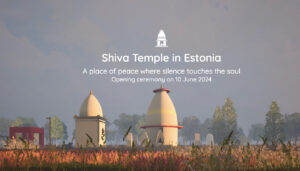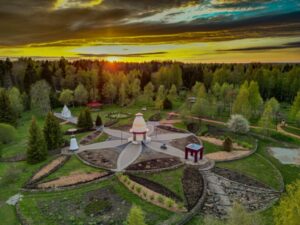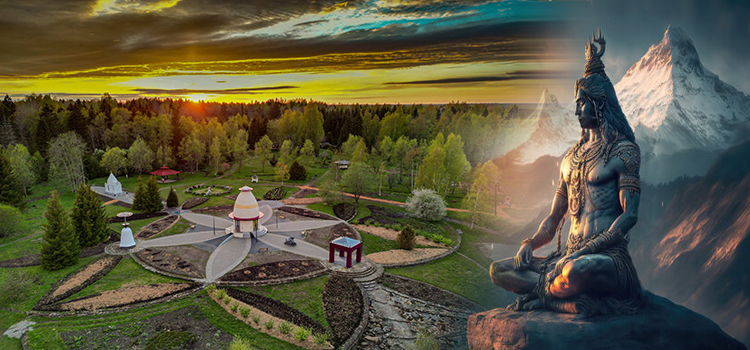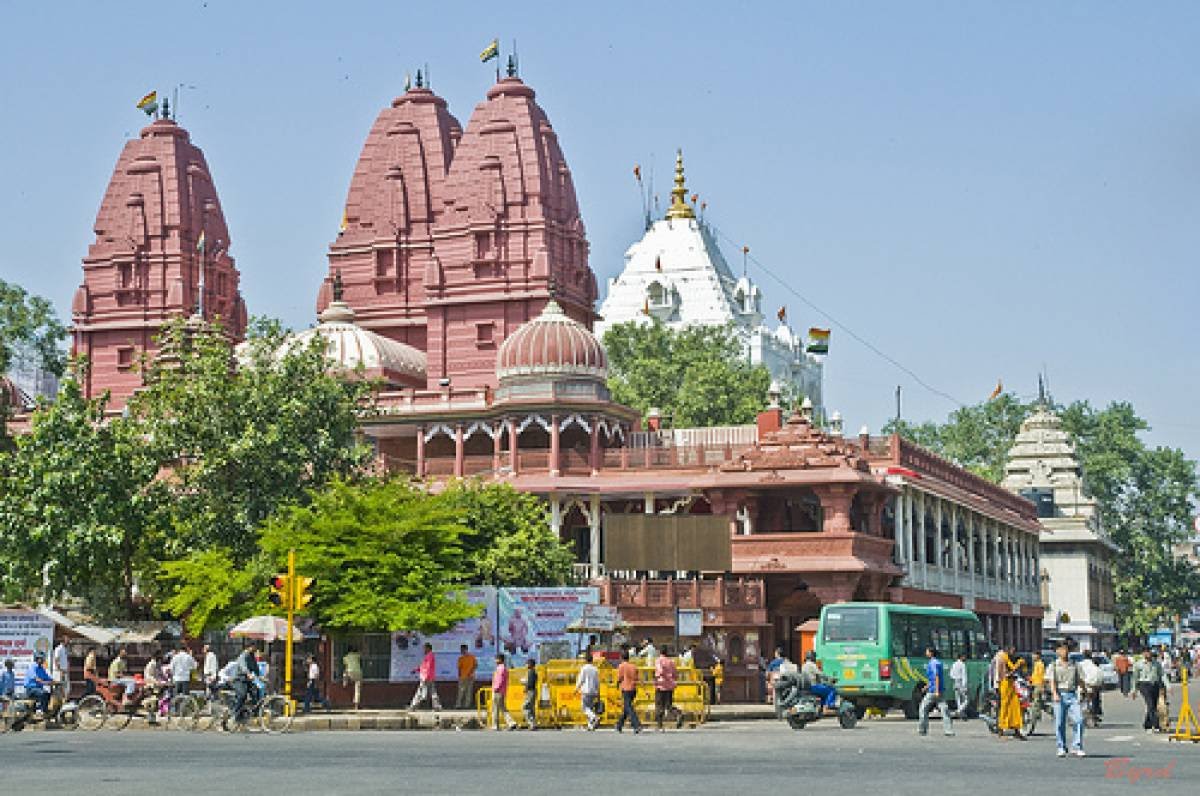In the heart of Northern Europe, far from the Himalayan foothills and sacred rivers of India, stands a remarkable testament to cultural harmony and spiritual resilience — Estonia’s Shiva Temple. This temple is not only a spiritual center for the Hindu community in Estonia but also a symbol of the growing global appreciation for ancient Indian traditions.
🌍 A Hindu Temple in the Baltic Nation
Estonia, a small yet progressive Baltic country with a population of about 1.3 million, is known for its digital advancements, medieval towns, and natural beauty — not for Hindu temples. Yet in Tallinn, the capital city, the Estonian Hindu Community has built a spiritual home dedicated to Lord Shiva, one of the principal deities in Hinduism.
This Shiva Temple is one of the northernmost Hindu shrines in the world. It caters to both the Indian diaspora living in Estonia and the local Estonians interested in yoga, meditation, and Vedic philosophy.
🛕 Establishment and Activities
The temple was founded by members of the Hindu community and spiritual seekers from Estonia, India, and Nepal. It serves multiple purposes:
-
Daily worship (puja) and aarti to Lord Shiva
-
Celebration of major Hindu festivals like Maha Shivaratri, Navratri, and Diwali
-
Cultural and educational programs promoting Indian philosophy, Sanskrit, and classical music
-
Hosting yoga and meditation workshops, attracting spiritual seekers from across Europe
The temple is open to people of all backgrounds and faiths, reinforcing Hinduism’s inclusive nature and its emphasis on universal spirituality.
🔱 Shiva in the Land of Snow
That a temple to Shiva — the cosmic destroyer and transformer — exists in Estonia is deeply symbolic. Shiva represents stillness, transformation, and transcendence, ideals that resonate with Estonia’s quiet natural landscapes and meditative culture. For many Estonians, Hinduism’s introspective practices like dhyana (meditation) and ahimsa (nonviolence) complement their own spiritual quests.
🌐 Cultural Bridge Between East and West
Estonia’s Shiva Temple serves as a cultural bridge, not just a religious institution. It promotes:
-
Interfaith harmony by organizing dialogues with Christian, Buddhist, and local pagan groups
-
Educational outreach to Estonian schools and universities
-
Celebration of diversity by participating in Tallinn’s cultural festivals
Through such activities, the temple helps demystify Hinduism and present it as a living, evolving philosophy that transcends geography and ethnicity.
✨ A Symbol of Global Hinduism
In a world marked by migration and globalization, the rise of Hindu temples in countries like Estonia signifies the growing global relevance of Hindu thought. Estonia’s Shiva Temple is a testament to spiritual globalization — where ancient wisdom travels across continents to find new homes, new hearts, and new horizons.
📍 Conclusion
Estonia’s Shiva Temple stands as more than a place of worship — it is a living symbol of spiritual exchange, cultural unity, and global interconnectedness. In Tallinn’s cool air and cobblestone streets, Lord Shiva’s presence is felt in the chants of mantras, the rhythms of traditional drums, and the silence of meditation — reminding us that divinity knows no borders.









